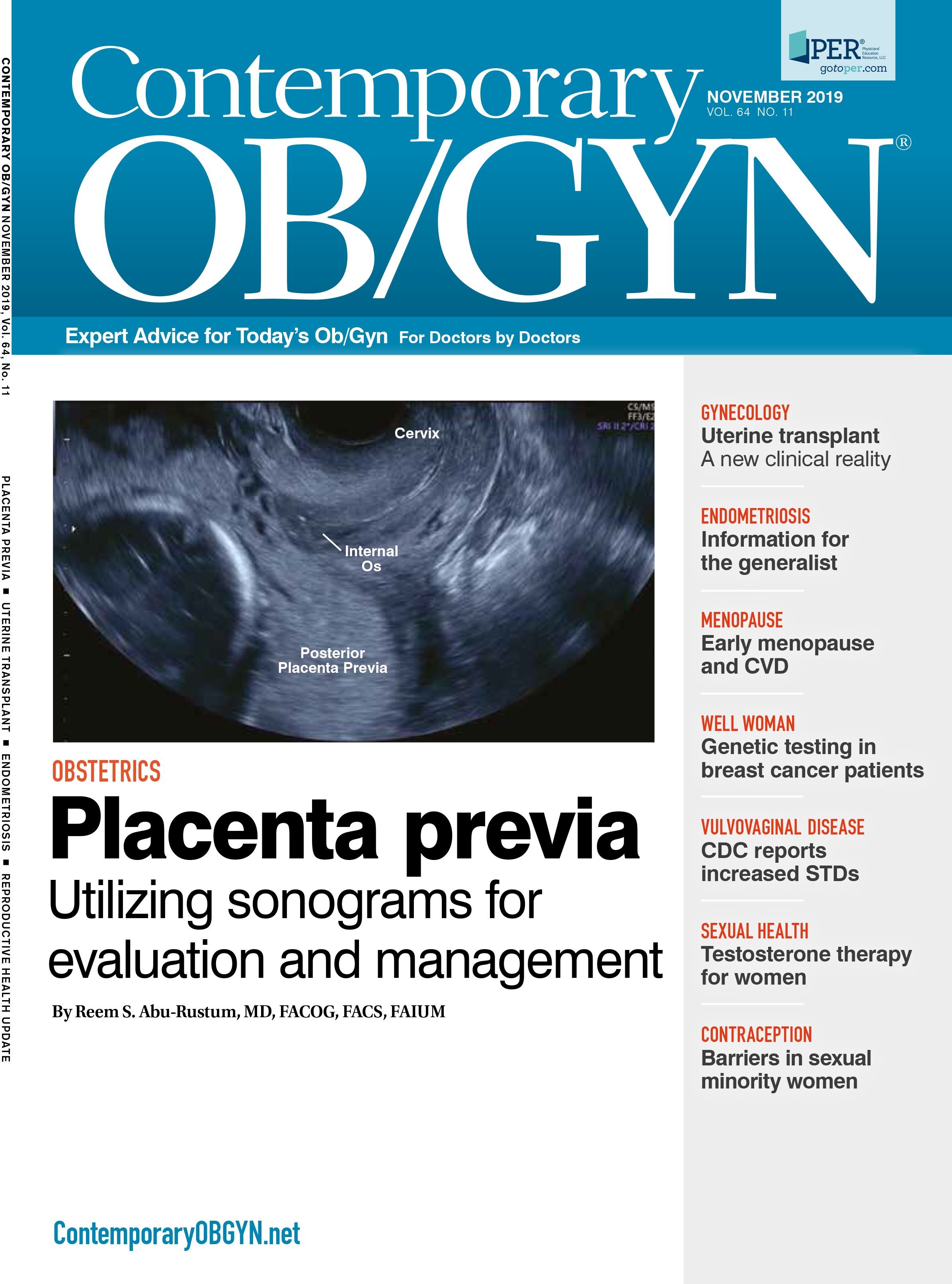Sexual minority women and contraceptive use
Sexual minority women (SMW) face many of the same barriers in obtaining and using contraceptives as those described by straight women, according to new research.
©Iuliia Pilipeichenko - stock.adobe.com

Complex relationships exist between sexual orientation and contraceptive use among sexual minority women (SMW), according to focus groups and interviews with young adult cisgender SMW. For this study SMW included queer (an umbrella term that contains a variety of sexually diverse identities, including but not limited to lesbian and bisexual), bisexual, lesbian and pansexual women. The findings, which were reported in the American Journal of Public Health, showed that compared with their heterosexual peers, SMW have an elevated risk for unintended pregnancy.
Investigators gathered information between August 2017 and April 2018 from participants in three U.S. cities: Chicago; Madison, Wisconsin; and Salt Lake City, Utah. The five focus groups and one-on-one interviews totaled 22 women ages 20 to 30 who identified as queer or non-heterosexual, in addition to being assigned female at birth.
“We wanted to examine contexts in which adult SMW engage in penile-vaginal intercourse (PVI), including norms surrounding contraception within these interactions,” said co-principal investigator Jenny Higgins, PhD, an associate professor of both ob/gyn and gender & women’s studies at the University of Wisconsin-Madison.
Queer women in the study described a wide range of experiences with contraception. “Many barriers they faced in obtaining and using contraceptives were consistent with those described by straight women: challenging negotiation with partners, contraceptive side effects and dissatisfaction, pregnancy ambivalence, and less frequently cited, healthcare access and insurance hindrances,” Dr. Higgins told Contemporary OB/GYN.
Study participants also conveyed a variety of contraceptive-related themes that affected queer women in unique ways compared to straight women. For example, the investigators discovered that contraceptive ads and campaigns could exclude queer women from contraceptive messaging. Queer women’s resulting lack of self-concept as contraceptive users might impede their ability to prevent unwanted pregnancies. Furthermore, “comparatively less frequent PVI in queer women’s lives led to contraceptive nonuse or use of less effective methods when such sex did occur,” Dr. Higgins said.
Sexual minority women also face difficulties navigating contraceptive use, due to managing queer identity both within the healthcare system and within their own queer communities. Finally, participants in the study talked about gender-based violence and relationship-based power imbalances.
“We were struck by how commonly the queer women in our study described experiences of sexual coercion and violence in their relationships with cisgender men,” Dr. Higgins said. “These encounters could render queer women relatively less able to protect themselves against unwanted pregnancy.”
On the other hand, the process of coming out can contribute to sexual empowerment to meet contraceptive needs. “We were surprised by the potential compatibility between contraception and queer identity,” Dr. Higgins said. Promoting the noncontraceptive benefits of contraception might also be a way to deliver contraceptive services in queer-friendly ways.
“Providers and practitioners may wish to better underscore these noncontraceptive benefits in their outreach to queer clients and communities,” Dr. Higgins said. “Providers can also strive to make contraceptive services, including health histories and contraceptive counseling, more inclusive to queer patients.”
Increasing easy, affordable, queer-friendly access to all US Food and Drug Administration–approved contraception may increase contraceptive use as well. “While queer women may face significant barriers in obtaining and using contraception, they also face barriers to becoming pregnant,” Dr. Higgins said. “Ob/gyn providers and reproductive health practitioners need to ensure that queer women avoid unwanted pregnancies and achieve wanted ones.”
Disclosures:
Dr. Higgins reports no relevant financial disclosures.

Recap on reproductive rights with David Hackney, MD, MS
December 20th 2022In this episode of Pap Talk, we spoke with David Hackney, MD, MS, maternal-fetal medicine physician at Case Western Reserve University and chair of ACOG's Ohio chapter for a full recap of where restrictions on reproductive rights have been and where they're going.
Listen
In this episode of Pap Talk, Gloria Bachmann, MD, MSc, breaks down what it means to be a health care provider for incarcerated individuals, and explores the specific challenges women and their providers face during and after incarceration. Joined by sexual health expert Michael Krychman, MD, Bachmann also discusses trauma-informed care and how providers can get informed.
Listen
